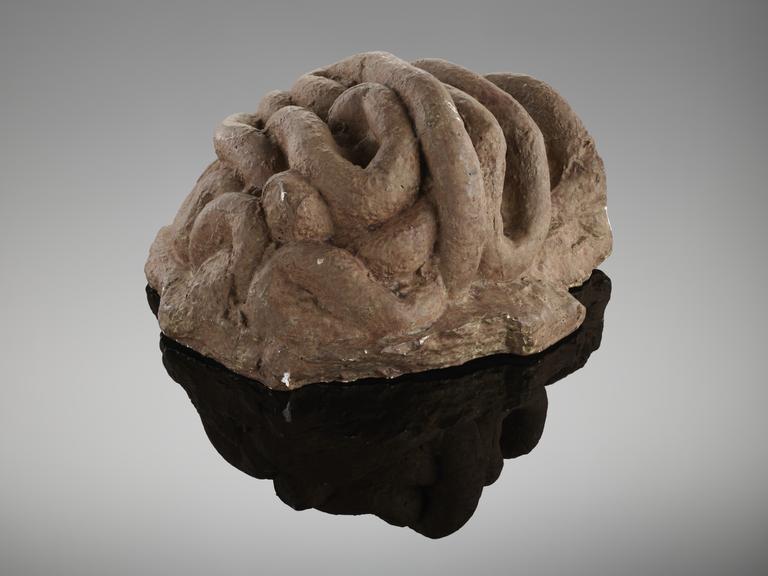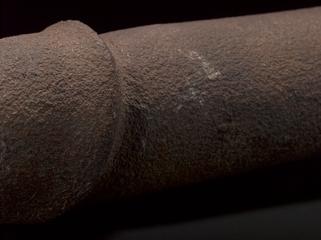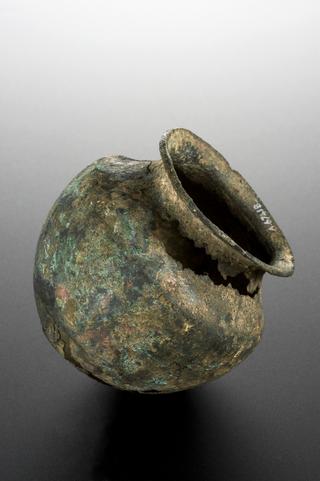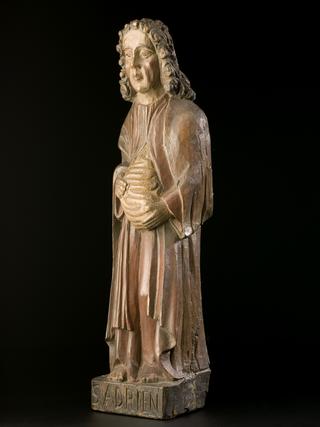
Cast of small intestine
- Made:
- 1880-1930 in unknown place












Cast of small intestine, plaster, Italian(?), 1880-1930
This cast was made over a hundred years ago and it belonged to Sir Henry Wellcome’s medical artifact collection. It is believed that it represents the large intestine or viscera (the internal organs contained within the abdomen). Greek and Roman votive offerings date back as early as 400 BCE and were made of terracotta (fired clay) and left in temples and sanctuaries to either request help or express gratitude to the gods for curing a certain ailment or illness. Votives could take the form of body parts, people, or animals. However, because these societies didn’t practice human dissection or postmortem examinations it is hard to determine how they modelled the internal organs. Votives were mass-produced from moulds and sold in the proximity of temples or shrines where they were either hung, displayed, or buried in sacred pits.
Details
- Category:
- Classical & Medieval Medicine
- Collection:
- Sir Henry Wellcome's Museum Collection
- Object Number:
- A85145
- Materials:
- plaster
- Measurements:
-
overall: 145 mm x 290 mm x 350 mm,
- type:
- votive viscera




